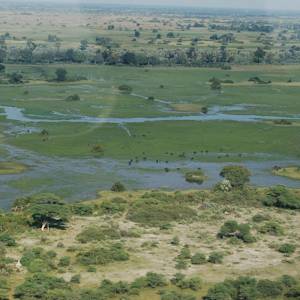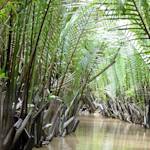Llanos De Moxos
2023 CE • Bolivia
"The Llanos de Moxos, located near the borders of Bolivia, Peru and Brazil, consists of tropical savannas with cyclical droughts and floods. These wetlands are especially prized for their rich natural diversity: 131 species of mammals have been identified to date, 568 different birds, 102 reptiles, 62 amphibians, 625 fish and at least 1,000 plant species. Several species – including the giant otter and the Bolivian river dolphin – have been identified as vulnerable, endangered or at critical risk of extinction. The region is traversed by three major rivers, the Beni in the west, the Iténez or Guaporé to the east, and the Mamoré in the central region. These rivers converge to form the Madeira River, the major southern tributary of the Amazon River. The Llanos de Moxos wetlands are important to avoid floods, maintain minimum flows in the rivers during the dry season and regulate the region’s hydrological cycle." Despite the Bolivian government's conservation efforts, the Llanos de Moxos wetland faces persistent challenges, including the detrimental impacts of pesticide runoff and the loss of habitat due to agricultural activities and development.
Quote: "Bolivia designates world’s largest protected wetland," World Wildlife Fund, February 4, 2013.
Patricia O'Neill, "Bolivia leads the way in wetland protection," Mongabay, March 4, 2013.
Image: Sam Beebe, CC BY-SA 2.0, via Wikimedia Commons


Learn about Maya Lin’s fifth and final memorial: a multi-platform science based artwork that presents an ecological history of our world - past, present, and future.

Discover ecological histories and stories of former abundance, loss, and recovery on the map of memory.

Learn how we can reduce our emissions and protect and restore species and habitats – around the world.

See how art can help us rethink the problems we face, and give us hope that each one of us can make a difference.

Help make a global memorial something personal and close to home. Share your stories of the natural world.


